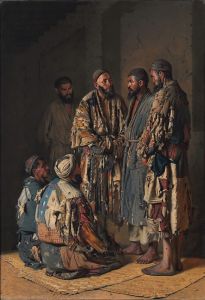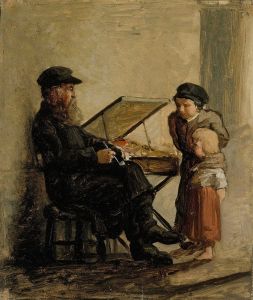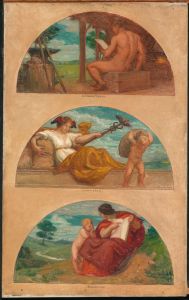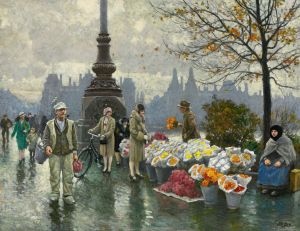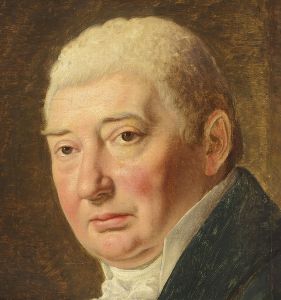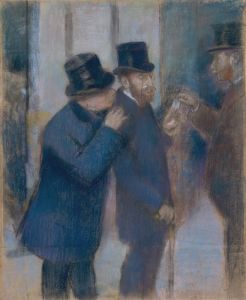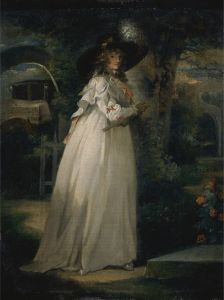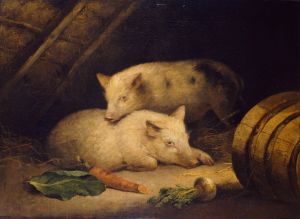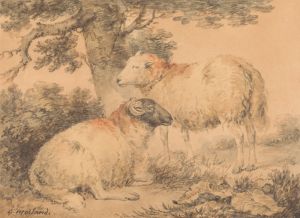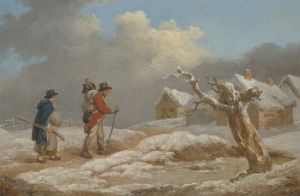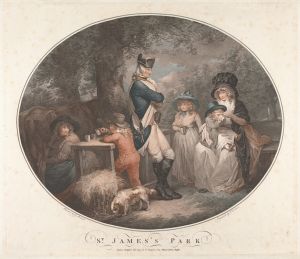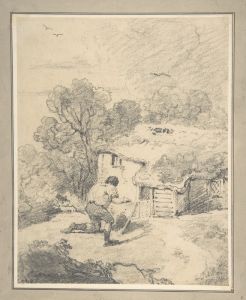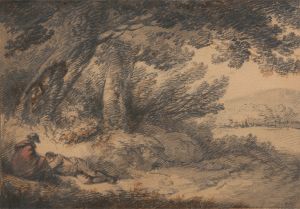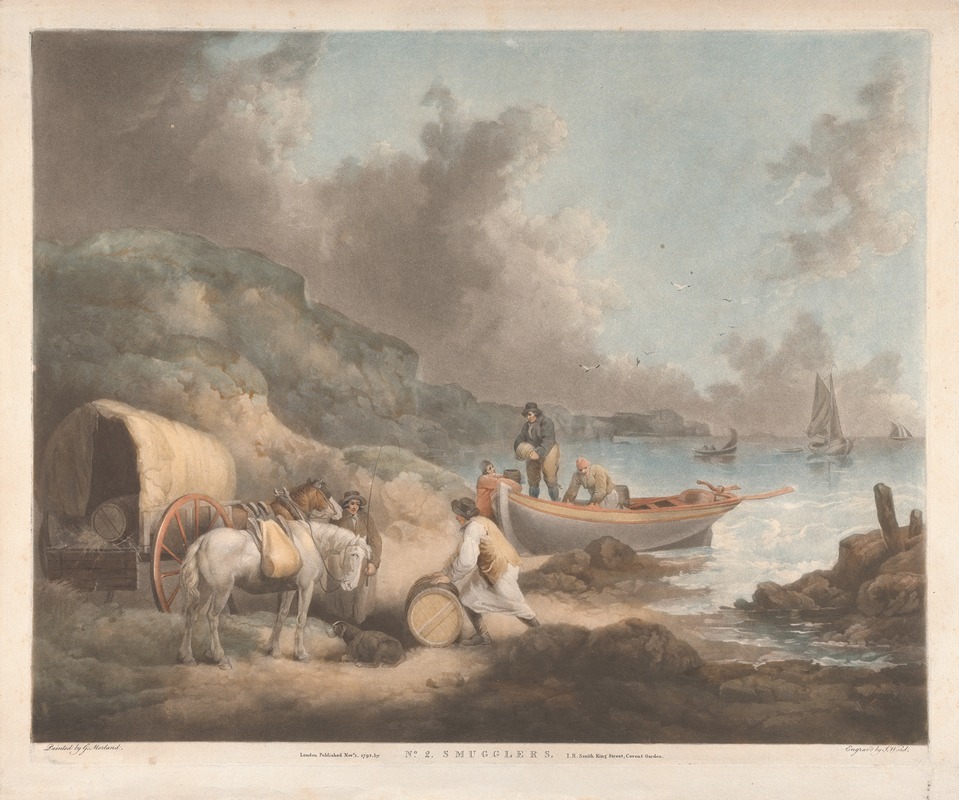
Smugglers
A hand-painted replica of George Morland’s masterpiece Smugglers, meticulously crafted by professional artists to capture the true essence of the original. Each piece is created with museum-quality canvas and rare mineral pigments, carefully painted by experienced artists with delicate brushstrokes and rich, layered colors to perfectly recreate the texture of the original artwork. Unlike machine-printed reproductions, this hand-painted version brings the painting to life, infused with the artist’s emotions and skill in every stroke. Whether for personal collection or home decoration, it instantly elevates the artistic atmosphere of any space.
George Morland was an English painter known for his rustic and genre scenes, often depicting rural life and landscapes. One of his notable works is "Smugglers," which captures the clandestine activities associated with smuggling during the late 18th century. Morland's work is characterized by its attention to detail and the ability to convey the atmosphere of the scenes he depicted.
"Smugglers" is a painting that reflects Morland's interest in the lives of ordinary people and the less glamorous aspects of society. The painting likely portrays a group of individuals engaged in the illegal trade of goods, a common practice during Morland's time due to high taxes and trade restrictions. Smuggling was a widespread issue in 18th-century England, particularly in coastal areas, where goods such as tea, tobacco, and spirits were often smuggled to avoid customs duties.
Morland's ability to capture the essence of such activities is evident in his use of color, composition, and character portrayal. His paintings often feature a naturalistic style, with a focus on the interplay of light and shadow, which adds depth and realism to the scene. In "Smugglers," Morland would have employed these techniques to create a vivid depiction of the secretive and risky nature of smuggling.
The painting is also indicative of Morland's broader artistic themes, which frequently included scenes of rural life and the working class. His works often highlighted the social issues of his time, providing a glimpse into the everyday lives of people who were often overlooked by other artists of the period. Morland's paintings are appreciated for their narrative quality, as they often tell a story through the interactions and expressions of the characters depicted.
George Morland was born in London in 1763 and was the son of the artist Henry Robert Morland. He showed artistic talent from a young age and was apprenticed to his father, where he honed his skills. Morland's career was marked by both success and personal struggles, including financial difficulties and issues with alcohol. Despite these challenges, he remained a prolific artist, producing a significant body of work that continues to be studied and appreciated today.
"Smugglers" is a testament to Morland's ability to capture the spirit of his time and the complexities of human behavior. His work provides valuable insights into the social and economic conditions of 18th-century England, making it an important piece for both art historians and those interested in the history of the period.
While specific details about the painting "Smugglers" may be limited, it remains an example of George Morland's skill in portraying the everyday lives of people and the societal issues they faced. His legacy as an artist is marked by his ability to blend narrative and realism, creating works that resonate with audiences both in his time and today.






